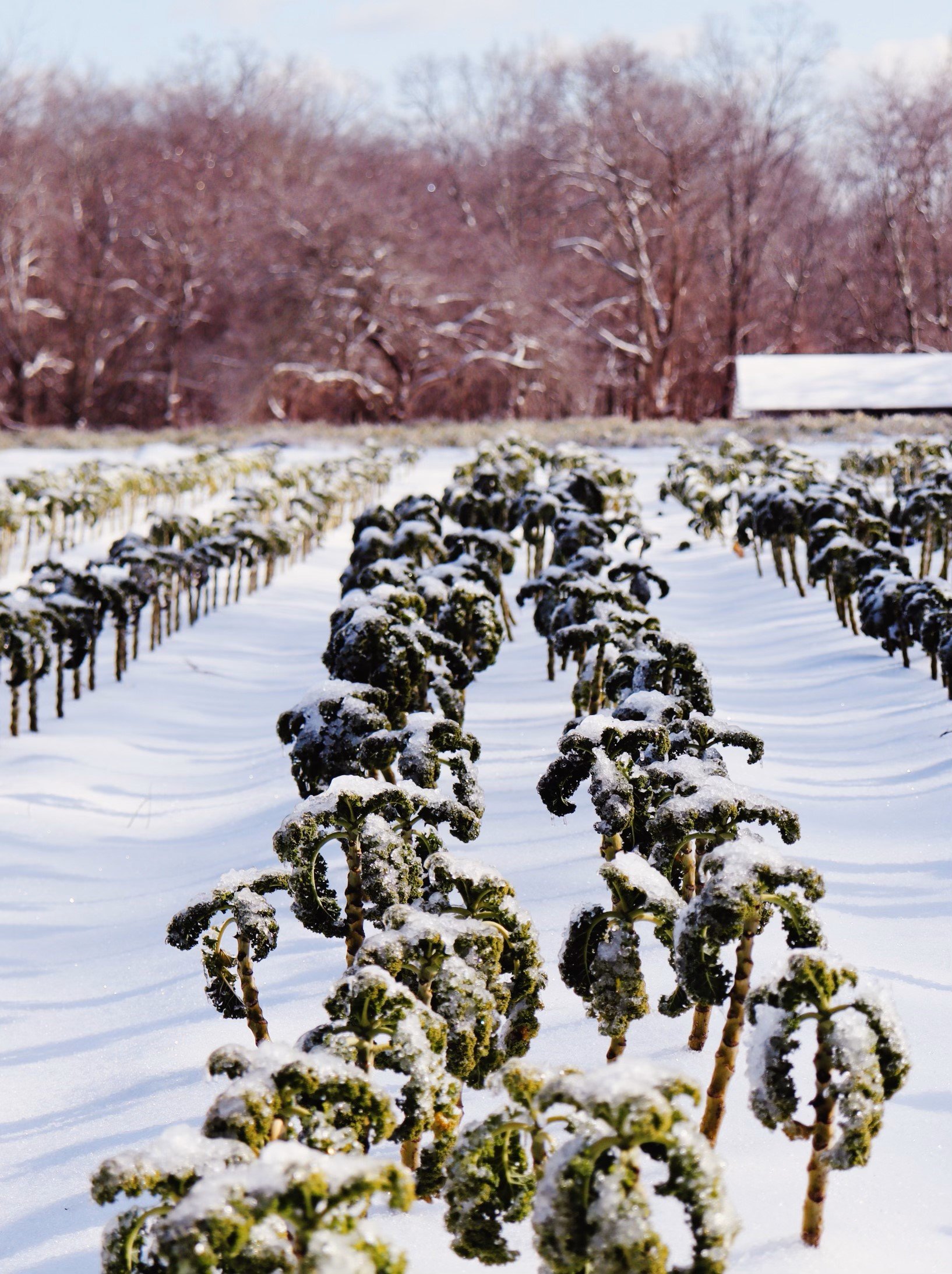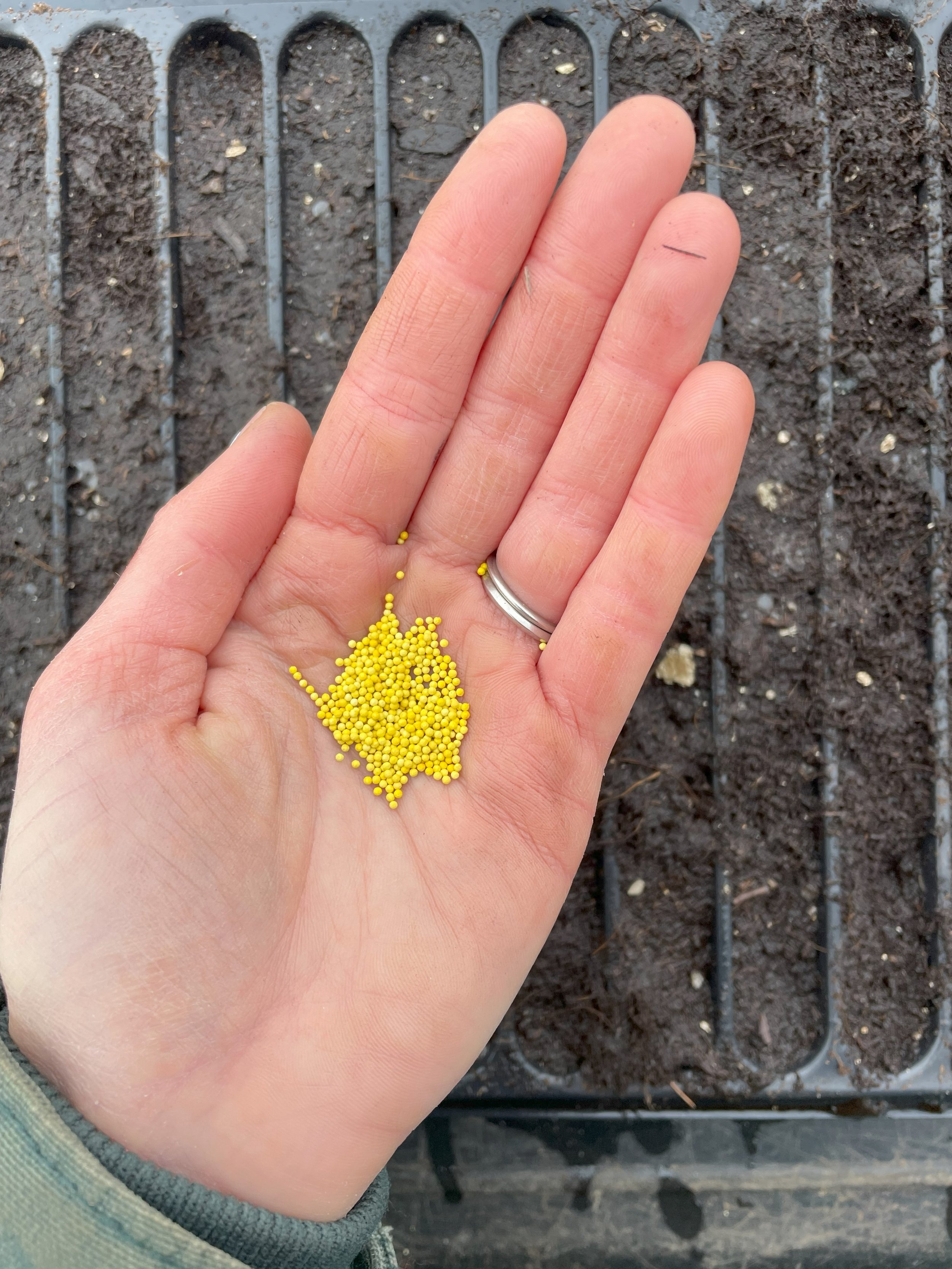It’s a question we frequently hear! What do you do in the winter? It’s reasonable to ask given that we typically don’t attend markets between the end of December and mid-April. The short answer is… we farm! The longer answer is…
Spreadsheets, spreadsheets, and more spreadsheets
That’s right! Even farmers work behind a desk sometimes. There are actually a lot of analytics that go into running a sustainable farm business. By sustainable, I mean, good for the earth, soil, and local ecosystem. But, I also mean long-lasting. In order for Four Root Farm to continue nourishing the community and the land, it needs to support its owners and employees financially. The farm also needs to grow the types of food the community wants to eat.
For this task, we turn to Rachel, goddess of math and spreadsheets. As the market season wraps up, her number-crunching season begins. Which crops generated the most income? Which crops had the best yields? Rachel knows! Combine this information with feedback from customers, data on market sellthrough, annnnnnd some personal preferences of the farmers - et voilà! You get the crop plan for the upcoming year.
I made the process sound very magical and easy. It actually involves a series of meetings (yes, farmers have meetings, too!), scrutiny of seed company websites for the best available crop varieties, multiple returns to the drawing board, and then, finally, the crop plan for the upcoming year. Maybe not easy, but still a little bit magical.
Seeding and planting
Seeding and planting flowers, specifically! Believe it or not, we start ranunculus, anemones, lisianthus, and eucalyptus in January. Ranunculus and anemones like the chilly temperature in the greenhouse. The lisianthus and eucalyptus, on the other hand, begin their season in seedling trays in a small, heated room. The room is one of the farm’s walk-in coolers, which is re-purposed to keep flower seedlings warm instead of cold. The “flooler,” as this space is affectionately called in the winter months (flower + cooler… get it??), allows for greater control over the temperature and conditions compared to the greenhouse. It also keeps energy usage and costs to a minimum by limiting the amount of space we’re heating.
500 teeny tiny lisianthus seeds in the palm of my hand!
The flooler!
The ranunculus and anemones will go into the ground in a matter of weeks. So, we also used the past month to prepare their future beds in the high tunnel. Bed preparation includes broadforking to combat soil compaction, amending with compost and minerals to support soil health, and passing the walk-behind tractor over the bed to create an even bedtop. We’ll wait a few more weeks before seeding the spring vegetables. Broccoli raab, hakurei, and baby lettuce will be some of the first up when the time comes!
Those tasks from the bottom of the summer to-do list
You know those tasks you’re just too busy to get to right now? The ones that you keep pushing off until the next day, and then the next day, and then the next? Vegetable farmers get those done in the winter. Cleaning out the greenhouse - check. Organizing that pile of irrigation drip tape and hoses - check. Re-stringing the tomato trellising hooks - up next. It’s gratifying to cross these items off the to-do list and get organized before entropy inevitably sets in again around July.
The seasonality of farm work offers a change of pace that I find valuable. If you’re a tax accountant or school teacher, maybe you experience similar seasonal rhythms. We’re still working in the slower months, but the type of work and the level of urgency shifts. I enjoy that tasks and priorities shift along with the weather. It keeps me interested, engaged, and excited for the cycle to begin again. While we miss seeing your faces at the markets each weekend, know that we’re still hard at work to bring you an awesome 2024 season of food and flowers!
-Kiersten







